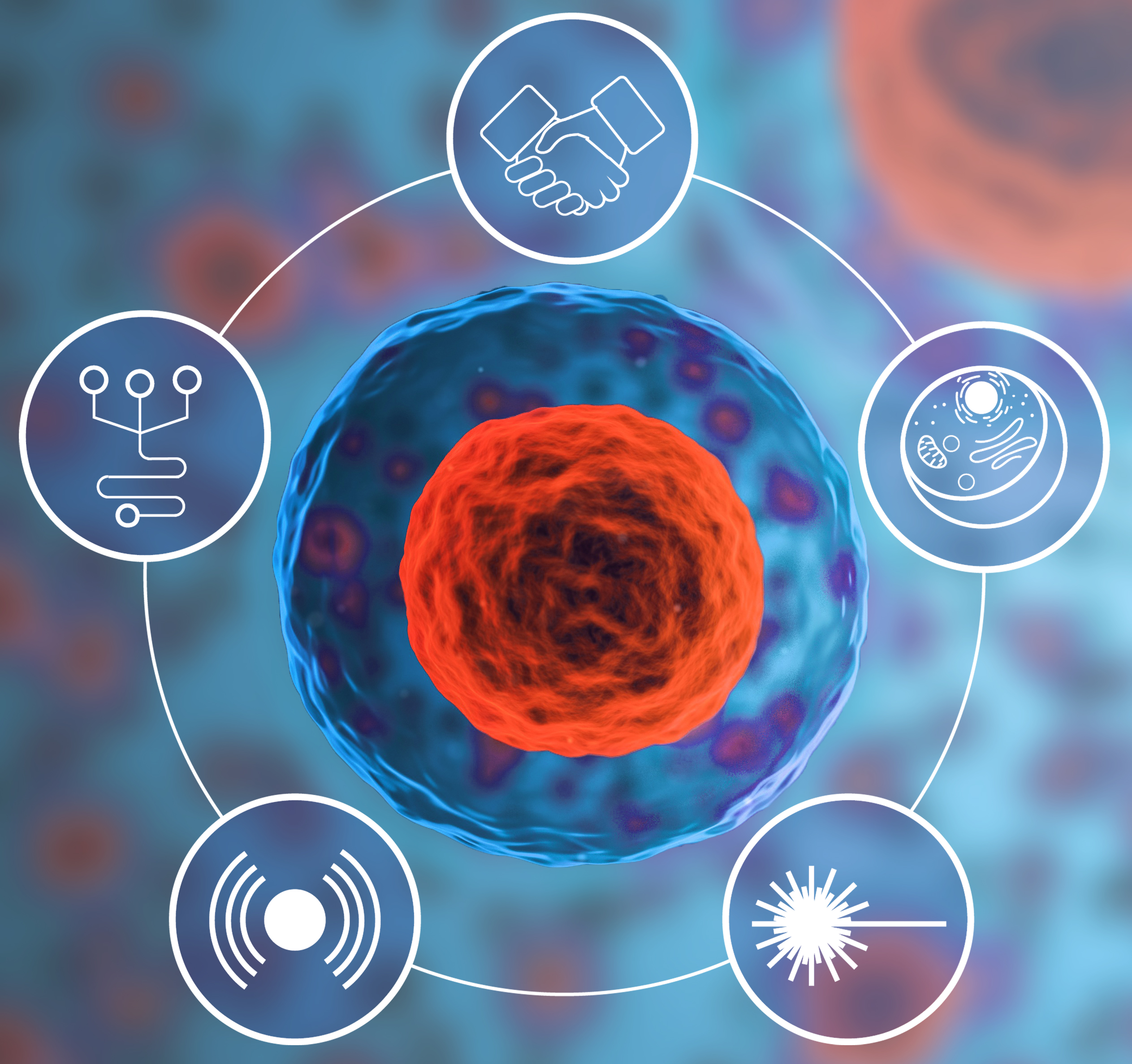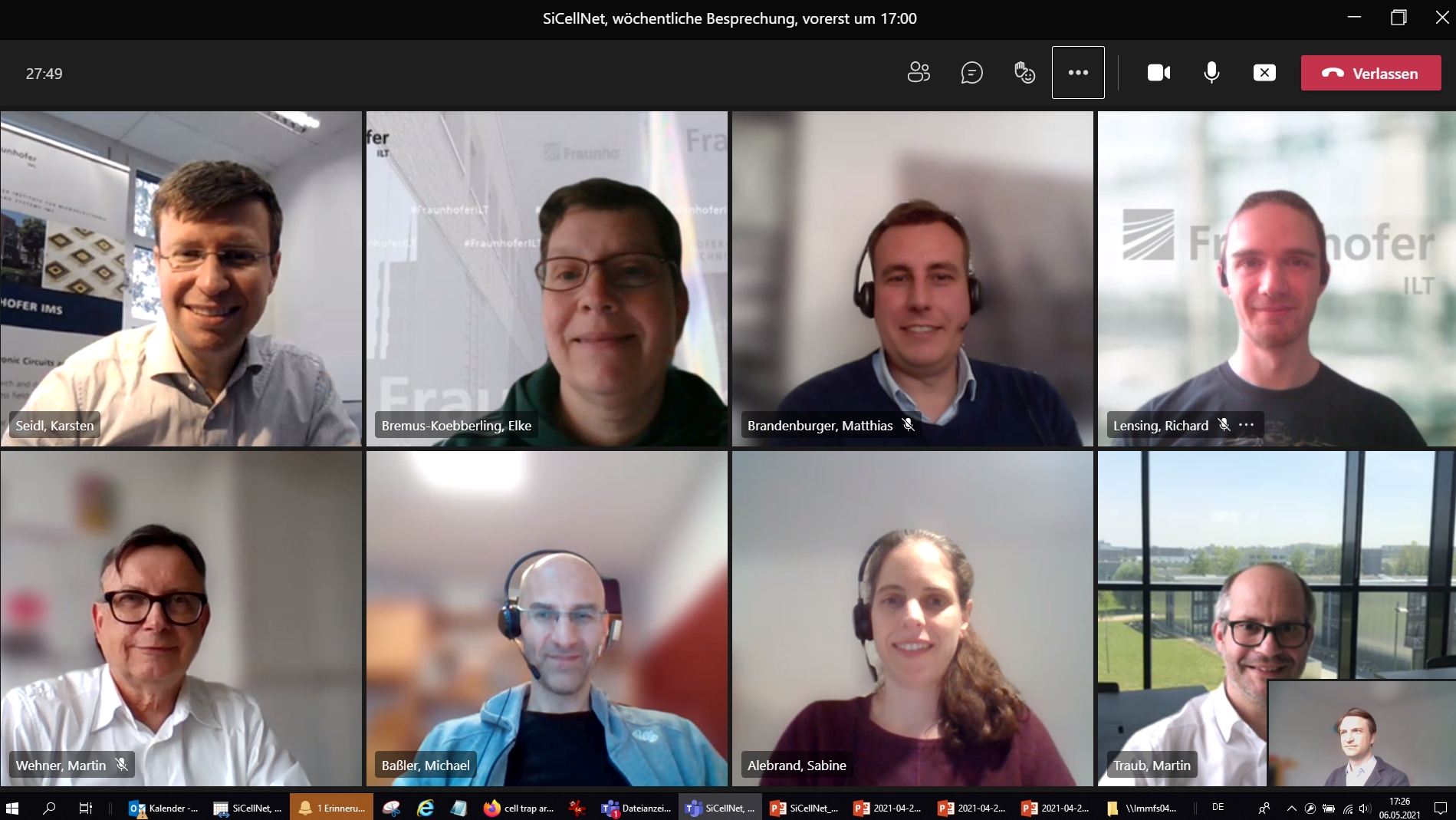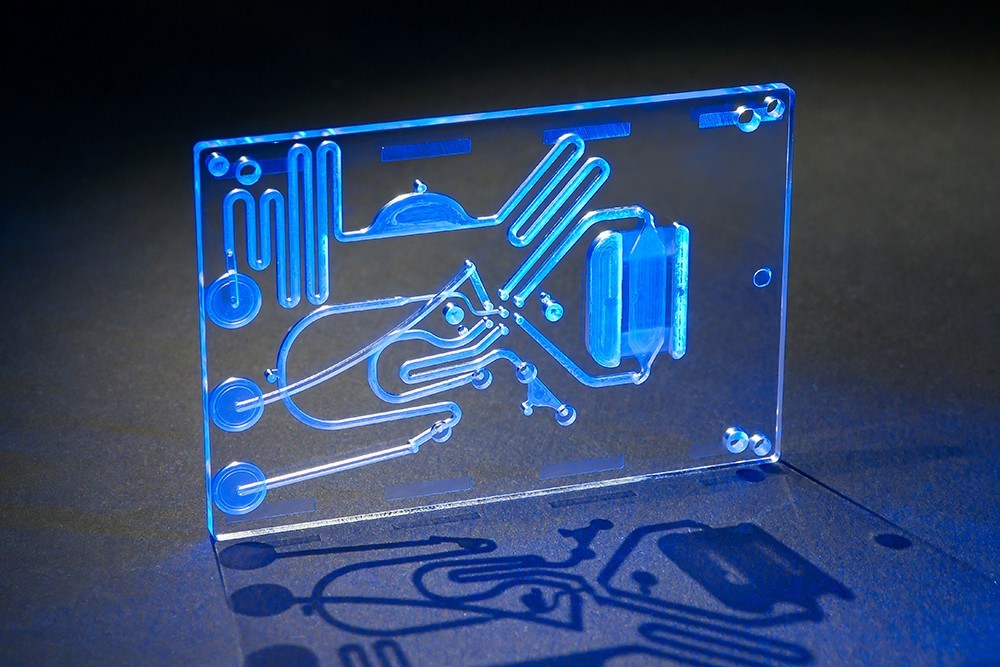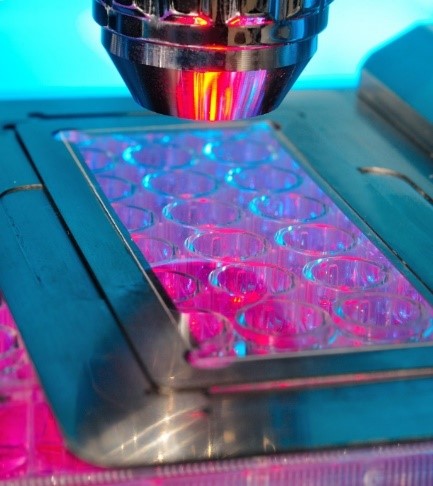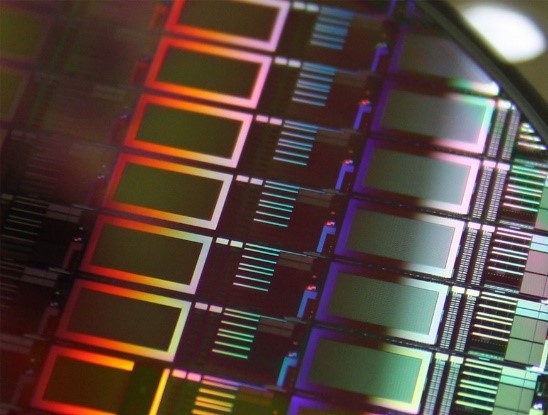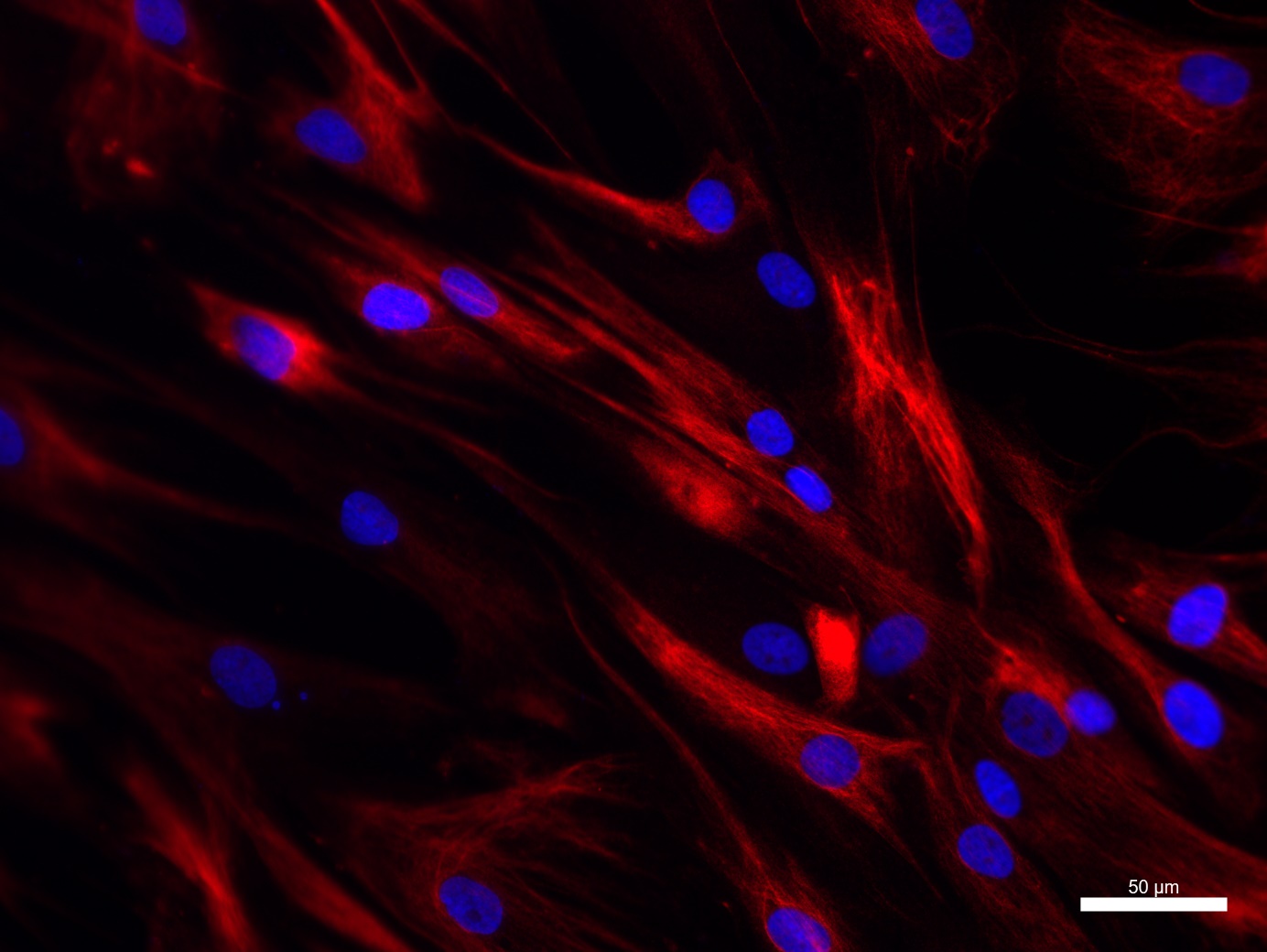Advanced single-cell tools: highly efficient isolation, positioning and analysis of biological cells
Analysis systems for individual living cells and cell-assemblies are essential tools in modern medicine and pharmacy. Here they enable the investigation of degenerative cell changes and specifically tailored drug combinations for personalized medicine. The Fraunhofer Institutes IMM, ILT, IMS and EMB cover the entire process chain for the production and evaluation of such systems, which can be used to isolate, position and analyze biological cells quickly and with high precision. This capability is increasingly used in pharmaceutical development, medical diagnostics and regenerative medicine.
As a virtual research campus, SiCellNet aims to be a one-stop-shop and single exchange point for SMEs engaged in this product segment. The central cluster of specialized Fraunhofer Institutes provides extensive and capable infrastructural facilities, state-of-the-art process knowledge and targeted development capabilities. Results from ongoing R&D in the fields of on-demand single-cell printing and chip-based cell analysis show-case some of the capabilities of the cluster.
 Fraunhofer Institute for Laser Technology ILT
Fraunhofer Institute for Laser Technology ILT